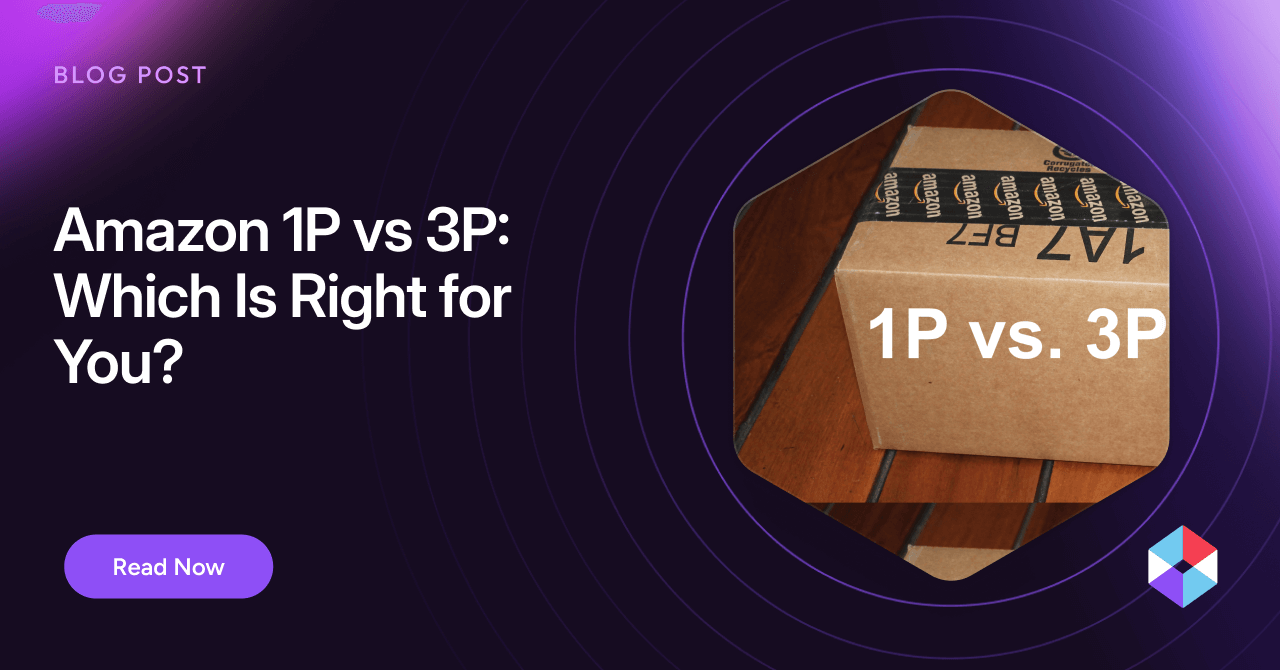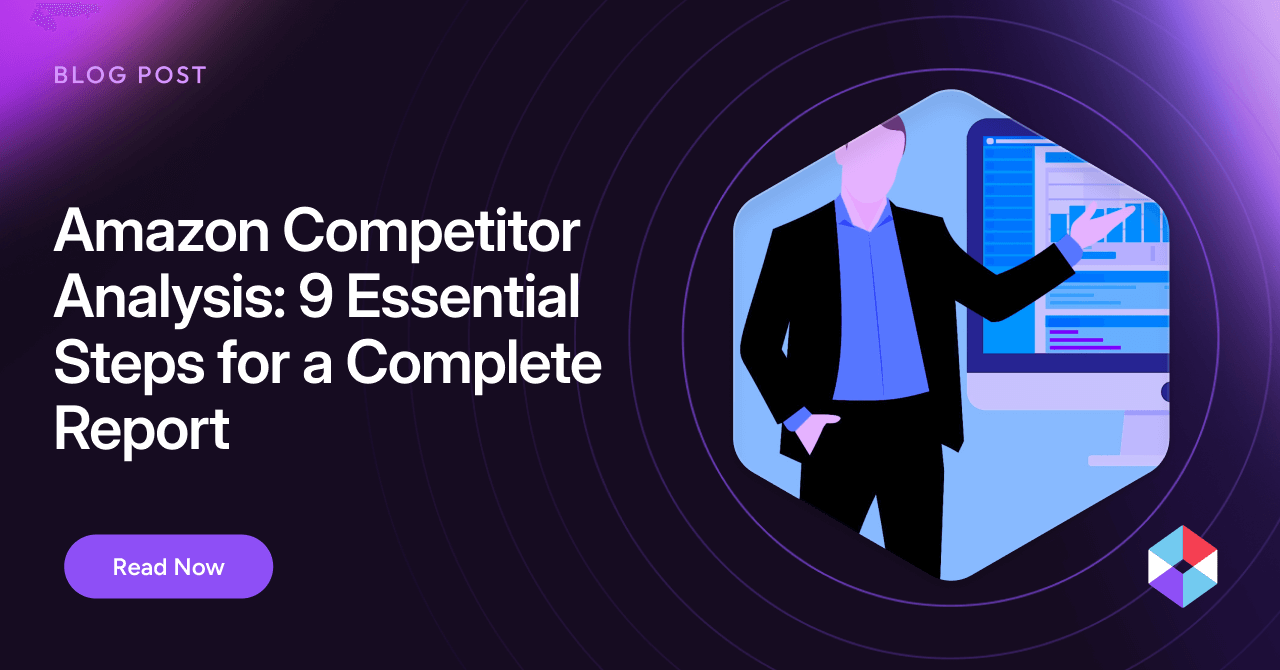AI has gone mainstream. Businesses of all types and sizes are fully aware that AI can unlock huge value, but for non-data native organizations, that statement can still seem quite vague. What does it mean, and how do they gain this value? In a previous blog, our CEO Assaf Egozi talked about how AI can be used within organizations and some of the benefits. But now it’s time to get specific – how do individual organizations narrow down the options to find the best use-cases? Roni Lieber, VP of Operations at Noogata outlines the approach she uses to help customers navigate their options.
At its simplest, AI is the application of computer software that can run elaborate statistical calculations to identify patterns and make predictions. For businesses today, it can be more specifically seen as a way to leverage data and technology in order to unlock value, with a growing understanding that enterprises that want to stay current and lead their industries, will fall behind if they don’t do so. The breadth of use cases is staggering and can be found in practically every corporate business function, in every industry. Our daily lives already include well-known AI applications such as assisted (or even autonomous) driving technologies, speech recognition, and more. Businesses are implementing more and more AI use-cases to address their top value-driving challenges, be it customer segmentation and product bundling for consumer products companies, employee attrition for the food industry, or Point-of-Sale/Location selection for retailers.
Separating the wheat from the chaff
Any one business could have all of the potential use cases flagged above, and thousands more. So how do you drill down and figure out where you should focus your efforts?
For organizations taking their first steps in the world of AI for enterprise, start by creating your “long list” – working with your internal business leaders, data owners, and IT experts, and generate ideas for processes that might benefit from AI in your company. The most important aspect is to be specific– “eCommerce” is a category, not a use case. The use cases might include competitive pricing analysis or optimizing product listings to capture a surging trend, each imposing different requirements.
Filtering this long list involves finding the perfect spot at which you have the ideal intersection of 1. Data availability and 2. Value creation. If you are plotting this on a graph, data availability is the x-axis, value creation is the y axis and you’d be looking for items that sit in the top right quadrant.
In each case, data availability and value can only be assessed by individual companies or even business units, as it is never one-size-fits-all. Every organization must go through the process for itself.
Data availability
With data availability, you need to understand what data exists and how you can get to it. This data could be internal or external (publicly available, or through a data vendor). When assessing data availability, considerations will include:
- How detailed it is: a restaurant chain might have 10 years of sales data by week, but that is less helpful for the purpose of AI than 2 years of sales data broken down by product and by day
- How accessible it is: an external data source for which you pay might be more accessible than an internal data source that requires significant processing and cleaning
- Accuracy: when optimizing for where to open a new gas station, GPS data may or may not be accurate enough to differentiate between a spot with access from a main road, or one right next to it
Value
Value drivers are highly varied and should be considered based on a specific company’s own context and financials. AI that supports increased revenues may be more valued by a growing fashion player, while manufacturers may be more interested in cost reductions through optimized raw material procurement.
But there are other value drivers too and business units may well differ in what they see as value: marketing or communications teams are likely to be looking at ways to enhance retention and customer satisfaction; sales teams are interested in finding the sweet spot on product and price, and eCommerce teams need to understand how to enhance their online exposure and improve their content.
Additionally, an AI use case is only as good as the way it’s ultimately implemented. It’s important to be clear on how the desired solution will translate to business results. Are the systems, decisions, rights, legal ability, and manpower needed to implement predictions, recommendations, or other insights the specific AI use-case will produce in place? What this comes down to is that each potential use case needs to be assessed for the specific business value it brings to an organization.
It’s just the first step
Your “shortlist” of promising business processes that may benefit from AI is, of course, just the first step. Companies then need to decide: do they buy a solution or develop it in-house? What would the process entail? How long will it take to see results? And of course, how much will it cost? We will explore these in a future blog in some detail, although the immediate pros and cons of cost/speed vs high levels of personalization are probably obvious. At Noogata, finding a way to navigate between the best of these has driven the creation of our modular AI blocks – we want to provide the flexibility and ability to use AI in a way that is tailored for every business use case, but without the need to create an entirely new business unit for the development of AI solutions.
Noogata’s top five AI use cases
- Location finder – Generate localized insights for your marketing team to power impactful, geo-specific campaigns and uncover hidden demographic patterns and preferences.
- Perfect content – Generate targeted keyword recommendations to optimize your product listings (title, about, and description) to drive exposure and sales on Amazon
- Trendspotting – Spot and analyze consumer trends to unlock new sales potential, plan your inventory levels and identify new product ideas
- Smart Sales KPIs – Track and manage all traditional KPIs, as well as critical AI-driven metrics, including relevant search volume, brand strength, product exposure.
- Competitive Landscape – Leverage NLP and graph theory to identify all competing products for each of your ASINs, and assess their similarity to your product portfolio.



